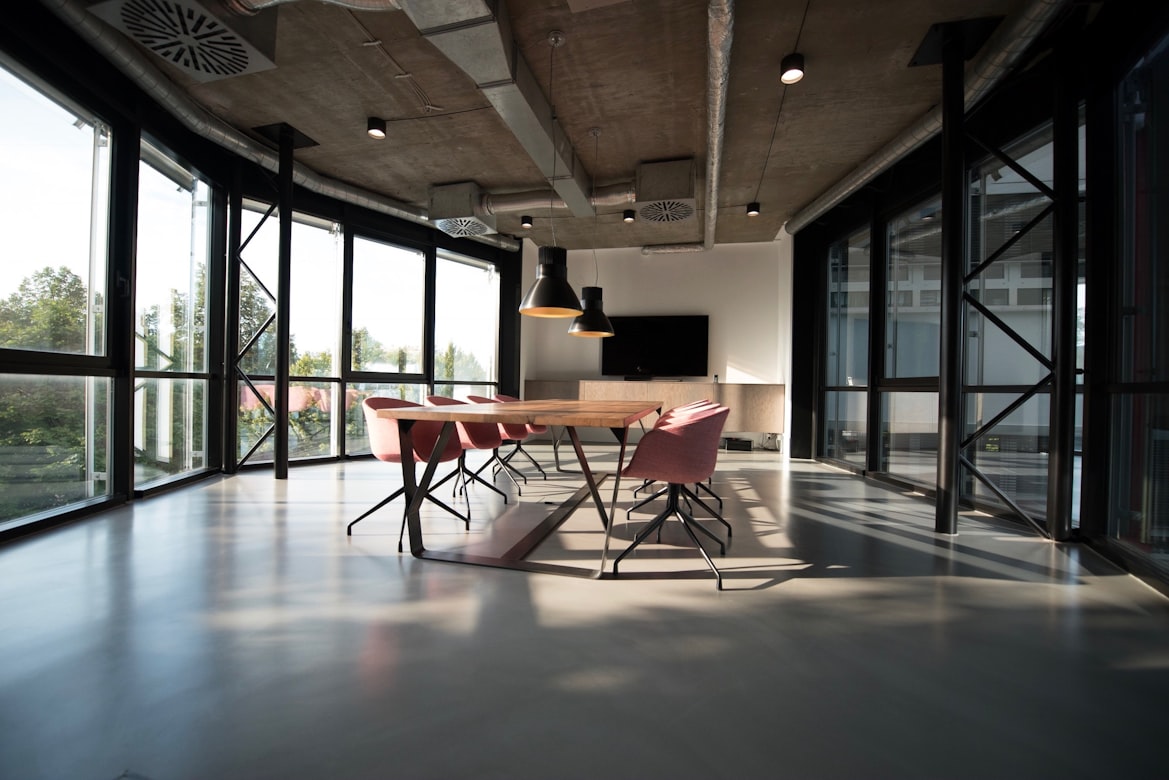All you need to know about converting office space to residential

Now that working from home is here to stay for many businesses, commercial property owners are seeking new ways to maximise the returns on office space they have invested in. With recent changes to regulations known as Permitted Development Rights, these investors now have more support than ever.
What are permitted development rights?
Permitted Development Rights were initially introduced in 2013 to allow property owners to extend their homes or develop new spaces within existing buildings. In August 2020, changes to the PDR regulations meant that the conversion of commercial premises (such as shops or offices) to residential has become much more viable.
Can you convert office to residential?

Under PDR, converting office space to homes is allowed, provided certain regulations are met. According to PDR rules, the gross interior area of a new home must be no smaller than 37 square metres. Any development undertaken under PDR must also adhere to regulations that ensure the resulting residential dwellings receive adequate natural light.
Some critics of office to residential conversions under PDR have complained that housing in former office buildings is often not fit for purpose. However, provided the right expertise is enlisted from the very beginning of a conversion project, there is no reason why an investor cannot deliver attractive and in-demand housing which is also profitable.
When converting office space to homes, there are several things to consider. These include:
- Size: Does the development comply with space standards regulations?
- Light: Does the development meet basic natural light standards?
- Ventilation: Is the development sufficiently ventilated to meet regulations?
- Location: Is the development in an appropriate area, and are there any amenities nearby?
- Quality: Are all rooms in the development habitable?
Do you need planning permission for commercial to residential conversion?

The beauty of PDR is that in most circumstances, a developer will not require planning permission when converting office space to homes. However, developers will need to apply for what is known as ‘prior approval’.
Before commencing any conversion project, it is good practice to ask the local authority if Article 4 (prior approval) applies to the site on which your office to residential conversion is located. Failure to do this could see your development being rejected. This would mean that you would have to formally apply for planning permission before commencing any work.
Prior approval applications usually have a fee of £100 per dwelling, up to a maximum of £5,000. This is typically payable to your local planning authority or council.
When submitting a prior approval application, you must include:
- A full, detailed set of plans
- A transport and highways impact survey
- Flood risks/contamination assessment
- Noise report
If you provide your local council with sufficient documentation, they cannot apply any further planning policies, and will have 56 days to come to a decision. Should no objections arise, you will be eligible to convert your office building into residential dwellings without having to formally apply for planning permission.
What is the office to residential permitted development 2021?
On March 31, 2021, the government introduced yet another new Permitted Development Right which meant that Class E buildings (Commercial, Business and Service Use class) could be converted for Class C3 (Residential) use. This new right is known as Class MA.
These changes to PDR mean that most commercial premises can now be converted into housing. The purpose of this change is to support the delivery of new housing, regenerate the UK’s high streets and aid economic recovery post-pandemic.
Converting offices to residential: When do PDR restrictions apply?
While most commercial space can now be converted into housing, the following restrictions apply:
- The building must have been in Class E (Commercial, Business and Service) use for two years before qualifying for permitted development. Time served outside of Class E in other commercial use classes, such as A1 (Retail) and D1 (Non-Residential Institutions) can be counted towards this two-year period.
- The building must have stood vacant for at least three months before an application for prior approval is lodged. Time spent closed due to government Covid-19 restrictions will not count towards this period.
- PDR does not apply to listed buildings or any building listed in Article 2 of the General Permitted Development Order (National Parks and Areas of Outstanding Natural Beauty). All homes developed as part of the conversion must meet nationally described standards.
While the government has made office to residential conversions much simpler than before, it is nevertheless important to ensure any developments meet all required standards and regulations.
Converting office space to homes: understanding the number
PropertyData contains many resources that might help investors / developers considering converting commercial space to residential.
Our construction costs data can help you estimate how much refurbishing the space will cost, while our market-leading £/sqft data and valuation tools will help you estimate how much the resulting residential space will be worth.
Why not sign up for a free 14-day day trial to explore how we can help?



